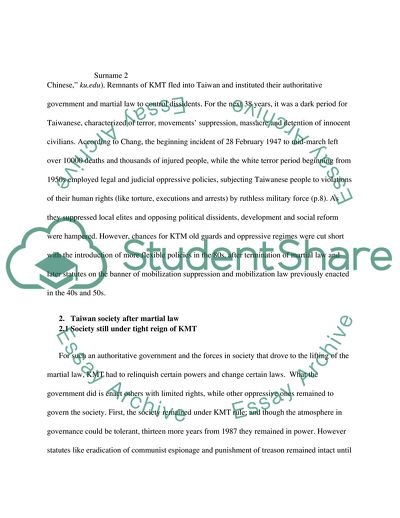Cite this document
(Ma-Wang intra-party battle Research Paper Example | Topics and Well Written Essays - 4000 words, n.d.)
Ma-Wang intra-party battle Research Paper Example | Topics and Well Written Essays - 4000 words. https://studentshare.org/social-science/1851454-ma-wang-intra-party-battle
Ma-Wang intra-party battle Research Paper Example | Topics and Well Written Essays - 4000 words. https://studentshare.org/social-science/1851454-ma-wang-intra-party-battle
(Ma-Wang Intra-Party Battle Research Paper Example | Topics and Well Written Essays - 4000 Words)
Ma-Wang Intra-Party Battle Research Paper Example | Topics and Well Written Essays - 4000 Words. https://studentshare.org/social-science/1851454-ma-wang-intra-party-battle.
Ma-Wang Intra-Party Battle Research Paper Example | Topics and Well Written Essays - 4000 Words. https://studentshare.org/social-science/1851454-ma-wang-intra-party-battle.
“Ma-Wang Intra-Party Battle Research Paper Example | Topics and Well Written Essays - 4000 Words”. https://studentshare.org/social-science/1851454-ma-wang-intra-party-battle.


